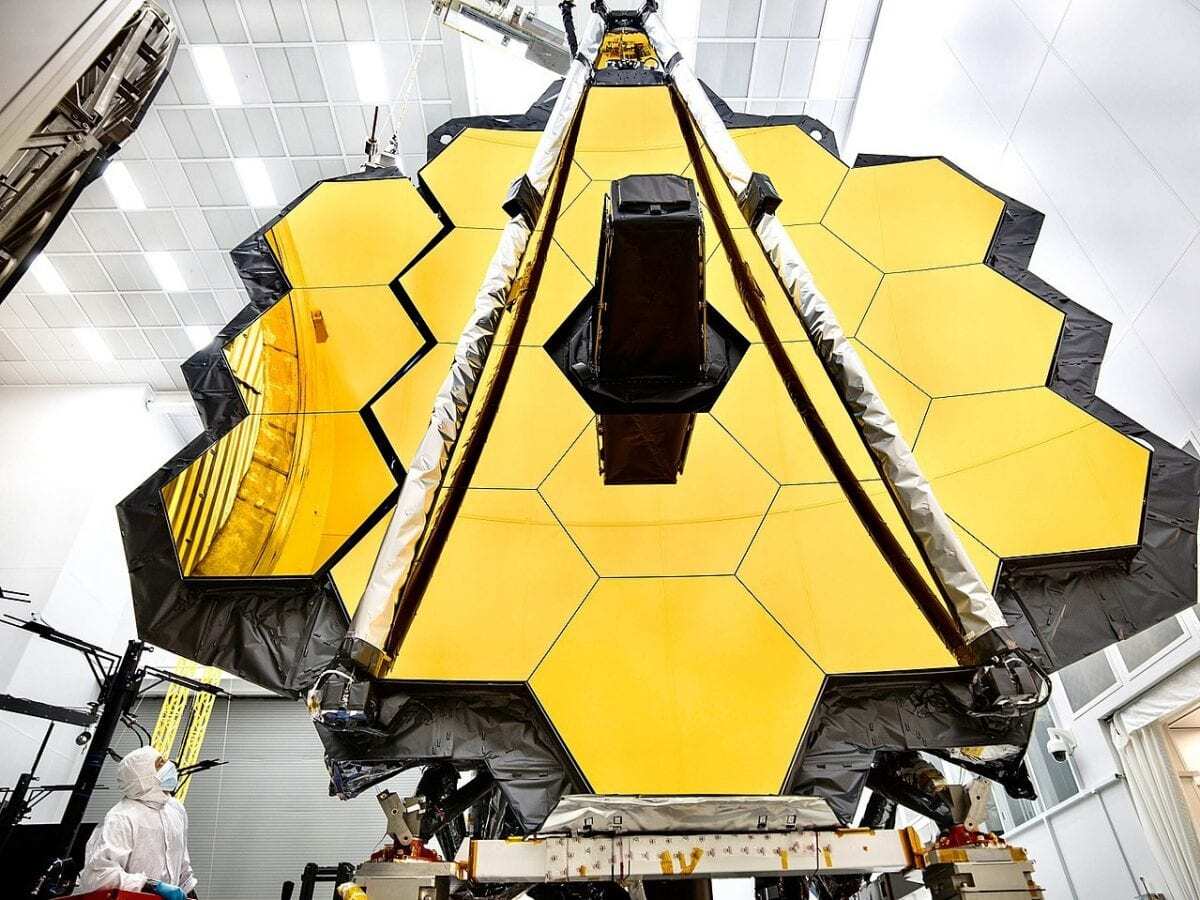Cornell University astronomers have created five models representing key points from our planet’s evolution, like chemical snapshots through Earth’s own geologic epochs.
The models will be spectral templates for astronomers to use in the approaching new era of powerful telescopes, and in the hunt for Earth-like planets in distant solar systems.
“These new generation of space- and ground-based telescopes coupled with our models will allow us to identify planets like our Earth out to about 50 to 100 light-years away,” said Lisa Kaltenegger, associate professor of astronomy and director of the Carl Sagan Institute.
For the research and model development, Kaltenegger, doctoral student Jack Madden and Zifan Lin authored “High-Resolution Transmission Spectra of Earth through Geological Time,” published in Astrophysical Journal Letters.
“Using our own Earth as the key, we modeled five distinct Earth epochs to provide a template for how we can characterize a potential exo-Earth – from a young, prebiotic Earth to our modern world,” she said. “The models also allow us to explore at what point in Earth’s evolution a distant observer could identify life on the universe’s ‘pale blue dots’ and other worlds like them.”
Kaltenegger and her team created atmospheric models that match the Earth of 3.9 billion years ago, a prebiotic Earth, when carbon dioxide densely cloaked the young planet. A second throwback model chemically depicts a planet free of oxygen, an anoxic Earth, going back 3.5 billion years. Three other models reveal the rise of oxygen in the atmosphere from a 0.2% concentration to modern-day levels of 21%.
“Our Earth and the air we breathe have changed drastically since Earth formed 4.5 billions years ago,” Kaltenegger said, “and for the first time, this paper addresses how astronomers trying to find worlds like ours, could spot young to modern Earth-like planets in transit, using our own Earth’s history as a template.”
In Earth’s history, the timeline of the rise of oxygen and its abundancy is not clear, Kaltenegger said. But, if astronomers can find exoplanets with nearly 1% of Earth’s current oxygen levels, those scientists will begin to find emerging biology, ozone and methane – and can match it to ages of the Earth templates.
“Our transmission spectra show atmospheric features, which would show a remote observer that Earth had a biosphere as early as about 2 billion years ago,” Kaltenegger said.
Using forthcoming telescopes like NASA’s James Webb Space Telescope, scheduled to launch in March 2021, or the Extremely Large Telescope in Antofagasta, Chile, scheduled for first light in 2025, astronomers could watch as an exoplanet transits in front of its host star, revealing the planet’s atmosphere.
“Once the exoplanet transits and blocks out part of its host star, we can decipher its atmospheric spectral signatures,” Kaltenegger said. “Using Earth’s geologic history as a key, we can more easily spot the chemical signs of life on the distant exoplanets.”
Header Image – NASA’s James Webb Space Telescope – Credit : NASA/Chris Gunn





